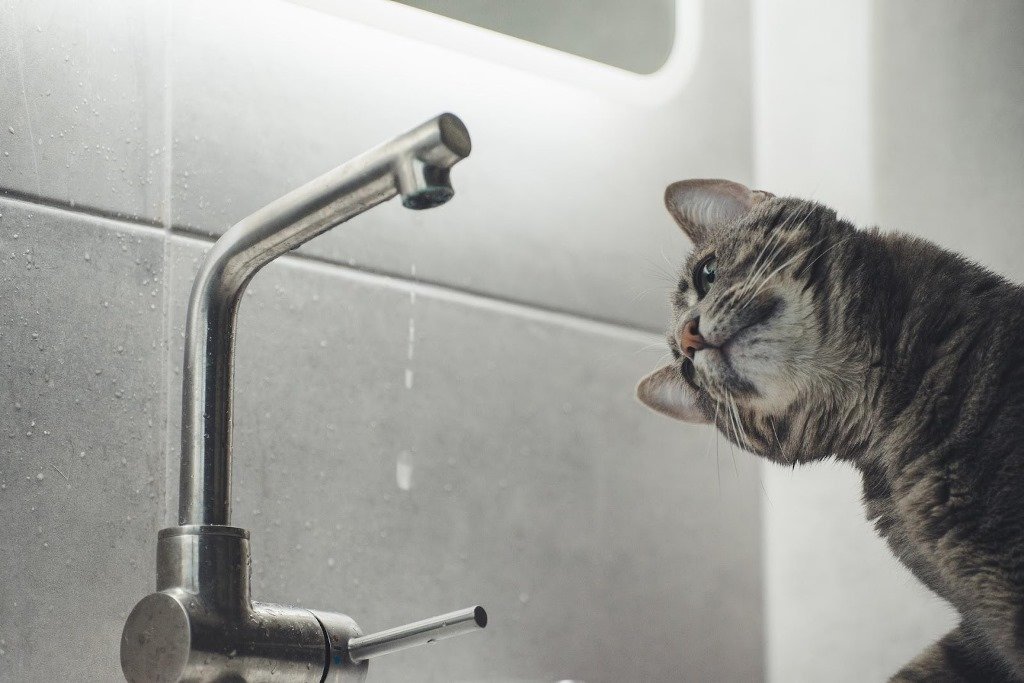
5 Common DIY Drain Repairs
Surviving Solutions:
During a global pandemic, we all need to do our part to stop the spread of COVID-19. One of the best ways to prevent the spread is frequent hand washing and staying at home to limit your contact with others.
So what do you do if you have a plumbing issue? Most professional plumbers follow strict safety protocols for house calls, but you may think twice about calling in a drain service Toronto services from the outside to deal with your issue. Please take a look at the five most common drain repairs to find out how to do it yourself.
Rotten Smelling Drain
Drains can trap food particles, dirt, grease, hair, and anything else that finds its way into your sink. If some material gets stuck in your drain, it will start to produce nasty smells as it starts to decompose. If this stinky situation happens to you, try pouring some white vinegar down your drain.
- Let the vinegar sit for at least 30 minutes in your drain.
- Rinse your drain with hot water for a few minutes.
- The vinegar should help kill whatever bacteria making that smell, and the hot water will help flush it away.
Clogged Sink

The best way to prevent a clogged sink or tub is to keep things that can clog out of the drain. Sometimes this is easier said than done and so you also need to make sure to clear away blockages that form before they become more significant problems.
Here are some ways to keep your drains running clear:
- Use a drain screen to keep food particles, hair, and other objects from going down the drain.
- Keep grease and oil away from your drains, and never pour grease down the sink. When it cools, grease forms a solid that traps other particles and forms a severe clog that can cause huge backups of greasy water.
- Keep chemicals away from your drains and never pour paint or paint thinner down the drain. Paint can solidify as it dries, forming a blockage that is hard to clear. And remember everything you put down the drain goes back into our water supply, so keep those hazardous chemicals out.
Slow Draining Sink or Tub
If you pull the plug and find your drain is slow to drain, this is probably a sign of a partial clog. The first thing to do it check the top of the drain for hair, toys, or other objects that you can easily reach. If you see something, pull out as much as you can. Run hot water down the drain to see if this fixes the problem.
According to experts from Plumbing Authority Drain Repair King City, if the drain is still moving slowly, the clog may be farther down. Try using your plunger to push and suction the clog and clear it away. Fill the sink or tub with a few inches of water so that your plunger gets a good seal.
If you notice more than one drain in the same area of your house is draining slowly, it could be a sign that you have an issue in your main drains, such as a tree root or broken pipe. For this, you will need to call a plumber.
Stinky Dry Trap
If you notice an awful sewer smell coming up from your basement, it could be that a trap in your drain has dried up. It often happens if you haven’t used a particular drain in a while. When the water in a P-trap evaporates, sewer gases can leak up through the drain and into your house. To fix this issue, pour some water into the trap to seal off the smells.

Clogged Toilet
It eventually happens to us all, you flush the toilet, and instead of the water washing everything down the drain, the water rises higher and higher. Oh no. A Toilet clog. Not to worry. The first thing to do is track down your toilet plunger – and get one that has a flange that sticks out. It will give you a better seal.
Start by getting some old towels and some rubber gloves. Things have the potential to get messy. Place your plunger into the toilet so that a few inches of water covers the bottom of the plunger. Give a gentle push to force out the air in the bell. This motion forces air down the toilet and can cause some water the splash up – hence, the old towels.
Once you’ve got a good seal, plunge in and out vigorously with the plunger. This motion should dislodge your troublesome clog. If, after 20 or 30 tries, your clog isn’t budging, you may need to get a toilet snake, or it could be a sign of another toilet issue.




